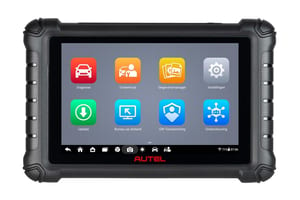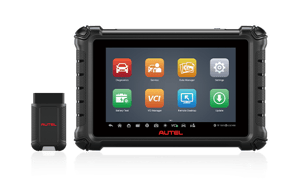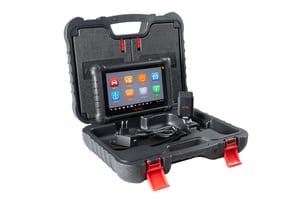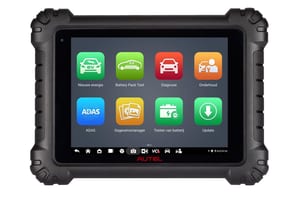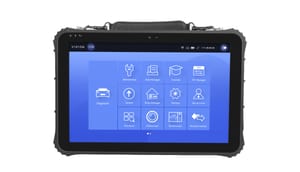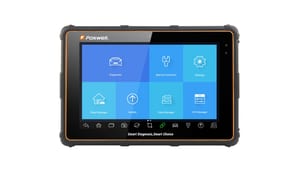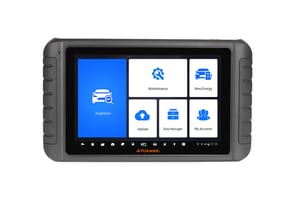OBD2 Emissions testing
The emissions test / readiness test is mandatory in many countries. Many devices can perform these tests. Some devices are certified for this task. The emissions checks verify that your vehicle is not putting harmful vapors into the air. Most countries now use an OBD2 test to confirm your vehicle is not violating standards required by the government.
To pass an OBD2 emissions test, a vehicle must:
- Have a functional 'Check Engine' light and OBD port
- The Check Engine light must be off
- Successfully complete the OBD2 system monitors that are built-in to the vehicle
The EOBD standard and readiness test
The EOBD standard applies to cars sold in Europe. This standard has been developed by various parties. The standards described in the EOBD standard describe what should be checked and how this should be done. It is also specified what the permitted deviations may be before an error code is generated.
- The EOBD device is connected to the car to perform a readiness test. A readiness test is nothing more than a self-check of the EOBD system.
- The EOBD system performs checks on environmental components during a predetermined driving cycle.
- The readiness test is completed when all related parts have been found and tested. A status is given to each part (Okay, incomplete or not present).
No current emission-related error codes (P powertrain) may appear during the test.

